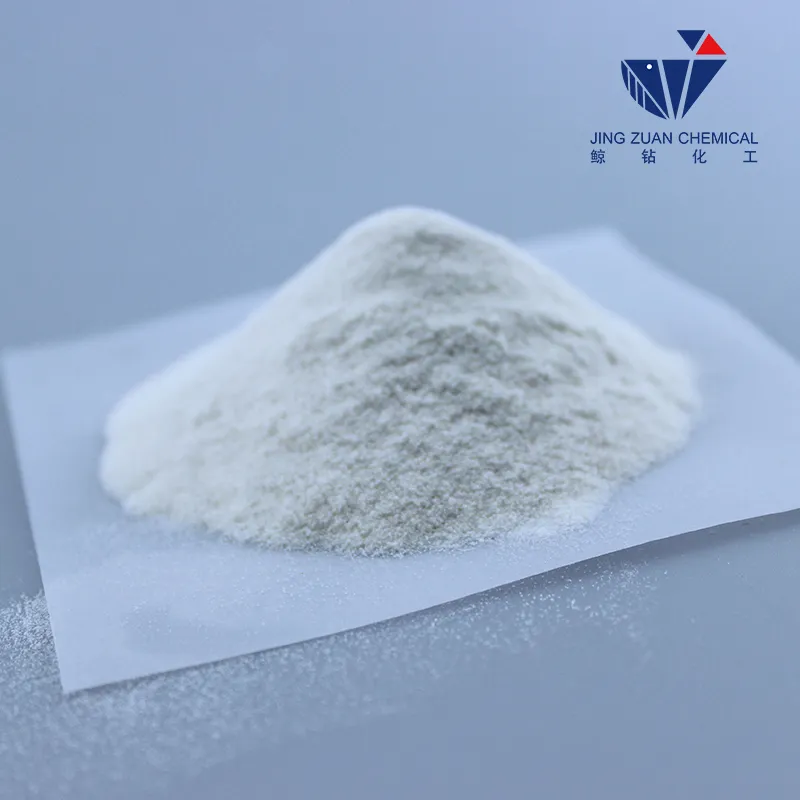
Dec . 21, 2024 17:25 Back to list
china hpmc-hydroxypropyl methyl cellulose supplier
Hydroxypropyl Methyl Cellulose An Essential Polymer in Modern Applications
Hydroxypropyl methyl cellulose (HPMC) is a cellulose derivative that has gained immense popularity in various industries due to its unique properties and versatility. Often used as a thickener, emulsifier, stabilizer, and film-forming agent, HPMC offers considerable advantages in applications ranging from construction materials to pharmaceuticals.
What is HPMC?
HPMC is synthesized by modifying cellulose, the most abundant organic polymer on Earth, derived from plant cell walls. The modification process involves the introduction of hydroxypropyl and methyl groups onto the cellulose backbone, which enhances its solubility in water and allows it to form stable gels and films. This chemical structure gives HPMC its functional properties, making it suitable for a variety of formulations.
Applications of HPMC
1. Construction Industry One of the most significant applications of HPMC is in cement-based products. As a water-retaining agent, it helps to improve the workability of cement mortars and plasters, allowing for better application and adhesion. HPMC also extends the open time of these materials, which is critical for projects requiring extended handling.
2. Pharmaceuticals In the pharmaceutical sector, HPMC is used in tablet formulations as a binder, coating agent, and controlled-release agent. Its ability to form films provides a protective layer that controls the release of active ingredients, thus enhancing the bioavailability of medications.
china hpmc-hydroxypropyl methyl cellulose supplier

3. Food Industry HPMC is recognized as a safe food additive and is often employed as a thickening agent in different food products, especially in sauces, dressings, and baked goods. It helps improve texture and stability, contributing to a better consumer experience.
4. Personal Care Products The cosmetic and personal care industry leverages the properties of HPMC in products such as shampoos, lotions, and creams. Its ability to thicken and stabilize formulations makes it a valuable ingredient for creating smooth, consistent products.
5. Agriculture In the agricultural sector, HPMC is used in the formulation of controlled-release fertilizers and pesticides, enhancing nutrient availability and minimizing environmental impact.
Choosing the Right Supplier
When looking for a supplier for hydroxypropyl methyl cellulose, it is essential to consider factors such as purity, viscosity grade, and sourcing practices. Suppliers in China have become prominent players in the global market due to their competitive pricing and robust manufacturing capabilities. A reliable supplier not only ensures high-quality products but also provides technical support and custom solutions tailored to specific industrial needs.
Conclusion
Hydroxypropyl methyl cellulose is a versatile compound with a wide range of applications across multiple industries. Its unique properties make it an indispensable ingredient for manufacturers looking to enhance product performance and consumer appeal. As industries continue to evolve and seek innovative solutions, the demand for high-quality HPMC will likely grow. Thus, sourcing from reputable suppliers, particularly those based in China, can provide businesses with the necessary materials to succeed in a competitive market. Embracing the benefits of HPMC is a step towards achieving enhanced product quality and operational efficiency across various sectors.
-
Versatile Hpmc Uses in Different Industries
NewsJun.19,2025
-
Redispersible Powder's Role in Enhancing Durability of Construction Products
NewsJun.19,2025
-
Hydroxyethyl Cellulose Applications Driving Green Industrial Processes
NewsJun.19,2025
-
Exploring Different Redispersible Polymer Powder
NewsJun.19,2025
-
Choosing the Right Mortar Bonding Agent
NewsJun.19,2025
-
Applications and Significance of China Hpmc in Modern Industries
NewsJun.19,2025







